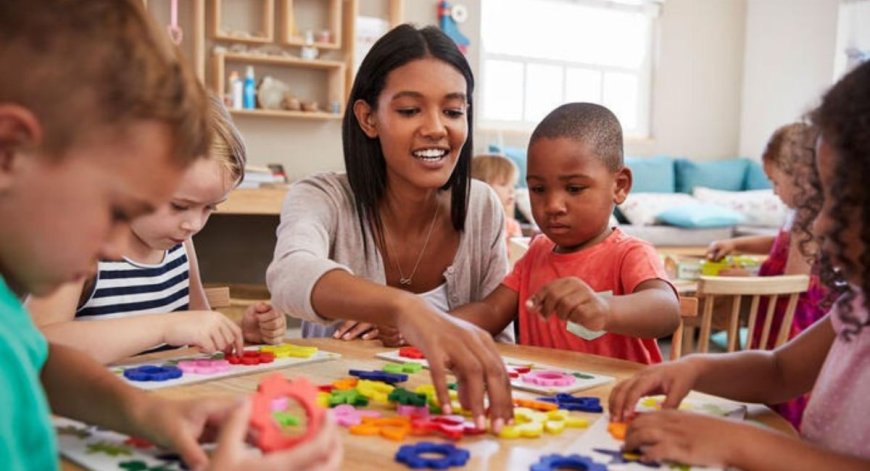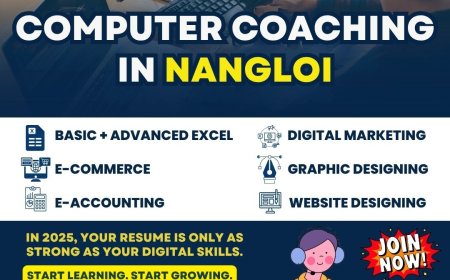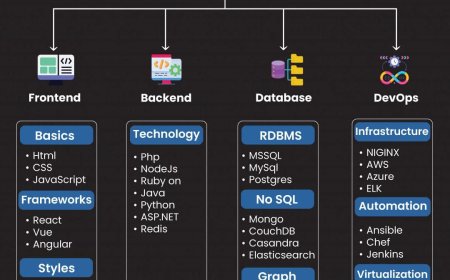Time To Teach: 7 Game-Changing Tips Every Teacher Should Know
Time To Teach emphasizes relationship-building, structured classroom management, effective feedback, and smart use of technology. By focusing on active learning, differentiation, and teacher well-being, educators can create engaging, inclusive, and efficient learning environments. These strategies empower both teachers and students to thrive in today’s dynamic educational landscape.

1. Build Stronger Relationships First
Before any teaching happens, connection comes first. Students dont engage with lessons if they dont feel seen or respected. Investing time to know your studentstheir interests, their struggles, and even their personalitiescreates trust. A quick chat at the door, remembering birthdays, or praising effort goes a long way. Once that foundation is built, behavior improves, engagement rises & your classroom becomes a space where students want to learn. Its not about being their best friendits about showing them you care.
2. Master the Art of Classroom Management
A peaceful and organised classroom doesn't just happen; it is planned. Your best friends are clear expectations, consistent penalties, and routines that work like clockwork. But there is more to management than just regulations. It's how you go about the room, how you change behaviour that isn't on task without making them feel bad, and how you apply positive reinforcement. Visual aids, behaviour charts, and reward systems like ClassDojo can help you. When your pupils know where the lines are and feel like you respect them, they do better. It is your responsibility to teach, not to constantly correct.
3. Differentiate Without Overcomplicating
You already know that every kid learns in their own way. Differentiation doesn't have to mean making five separate lesson plans, though. Think about how to get to it. Can you give me audio versions of the readings? Can students choose to make a video or write a report? Making small changes, like giving students tiered assignments or open-ended projects, helps all students do well. It's easy to customise information with tools like Google Forms and EdPuzzle. You can meet everyone's requirements without getting too tired if you use a few smart tactics.
4. Incorporate Technology That Actually Helps
EdTech isnt about using flashy tools just for the sake of it. Its about finding platforms that make your teaching smoother and student learning deeper. Google Classroom keeps all of your assignments in one location. Kahoot! turns assessments into fun challenges. Canva lets students design beautiful projects while learning core concepts. AI tools like ChatGPT help generate ideas and simplify planning. The key is not to use more tech, but to use the right tech. Ask yourself: does this tool make learning easier, faster, or better?
5. Prioritize Feedback Over Grades
Grades matter, yesbut feedback is what drives improvement. Rather than just writing Good job or giving a score, give actionable comments: Try expanding on this idea with an example or Check your verb tenses in paragraph two. Feedback can be verbal, written, or even audio-recorded using tools like Mote. Peer reviews and self-assessments also foster student reflection. When students understand how to grow, they start taking more ownership of their learningand thats when real progress begins.
6. Make Learning Active and Collaborative
Long lectures are fading out for a reason. Students learn best when they do something with the content. Group projects, debates, role plays, and inquiry-based activities turn passive learners into active participants. Stations, Think-Pair-Share, and collaborative Google Docs are easy ways to increase engagement. This strategy also develops soft skills such as communication and teamwork. Learning becomes less about memorizing and more about exploring, questioning, and building knowledge together. It's not just your time to teachit's their time to learn.
7. Dont Forget to Take Care of Yourself
Teaching is rewardingbut its also exhausting. Burnout is real. You need to protect your time and energy so you can be the greatest teacher you can be. That might mean setting boundaries with work emails, using planning periods effectively, or simply learning to say no. Building in small habits like deep breathing, journaling, or a morning walk can make a big difference. Connecting with other educators for supportonline or in-personalso helps. Remember: your well-being is just as important as any lesson plan.








































